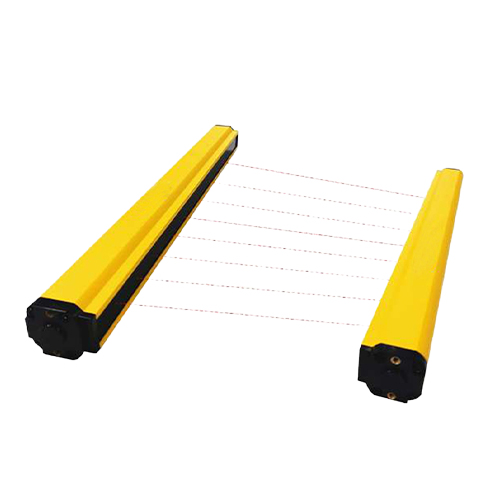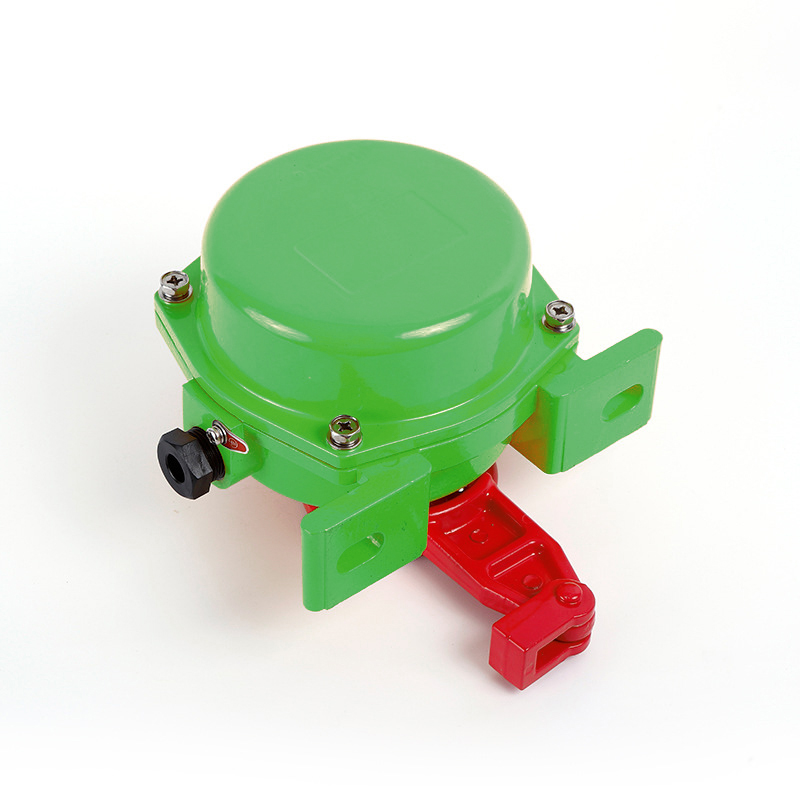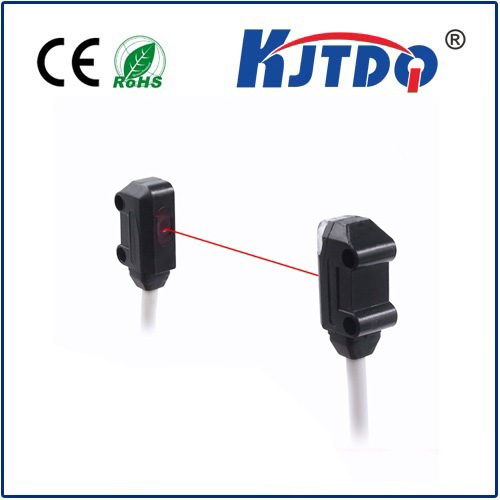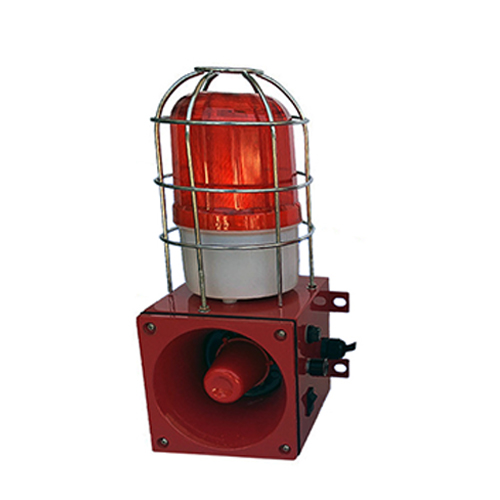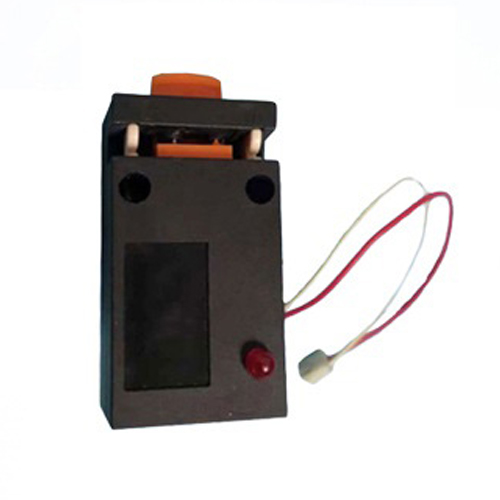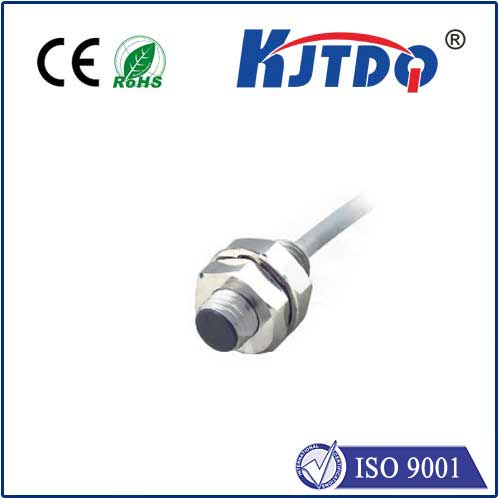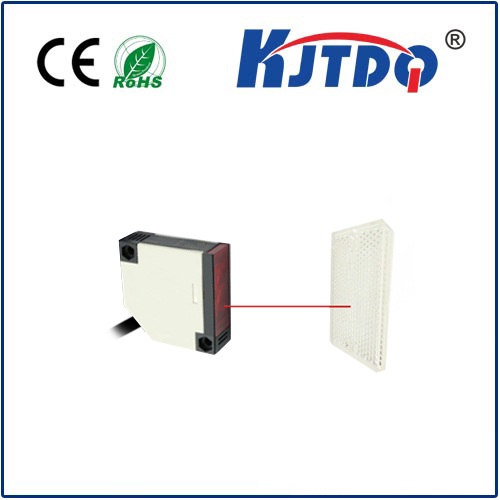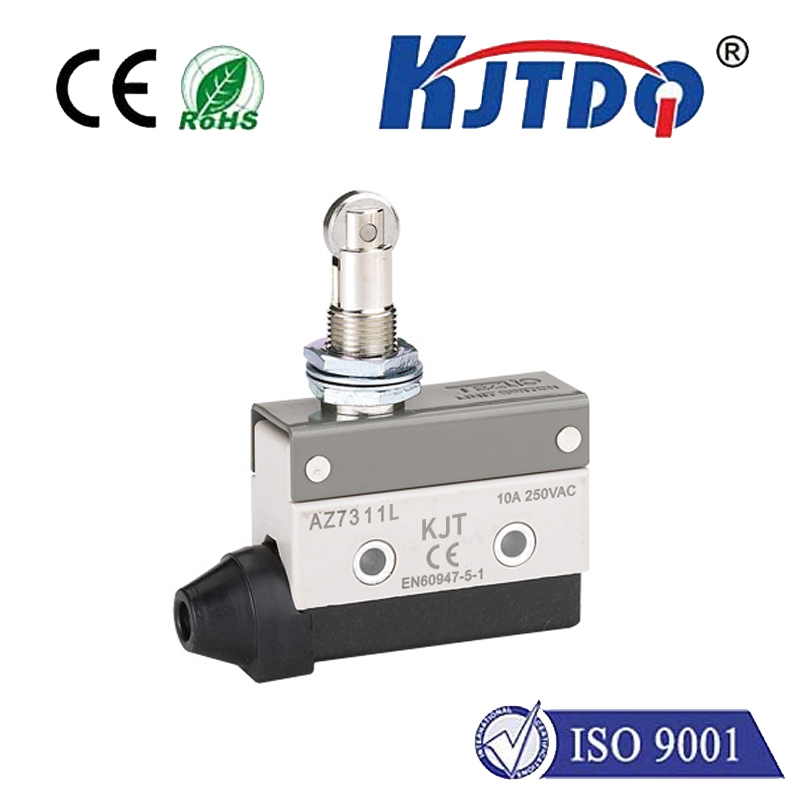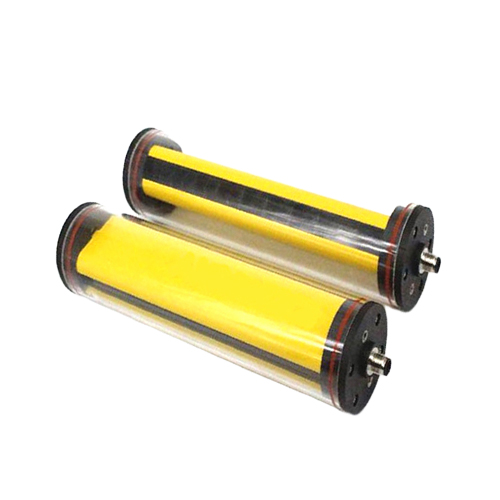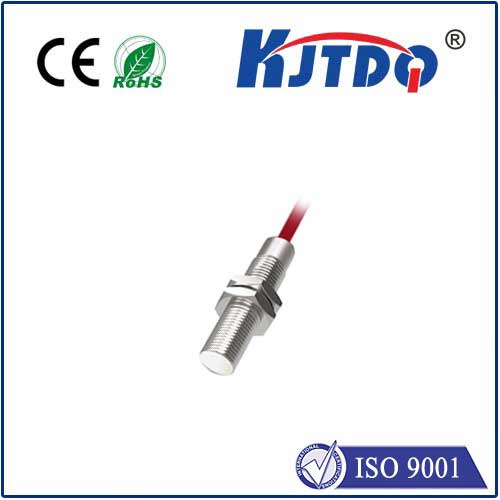

check

check

check

check

check

check

check

check

check

check
Ever waved your hand near an automatic faucet, watched a garage door open as your car approaches, or used a touchscreen without actually touching it? Chances are, an electric field proximity sensor was the invisible hero making it happen. This sophisticated yet increasingly common technology offers reliable, non-contact object detection by harnessing the subtle influences objects have on an electrostatic field. Let’s delve into how these fascinating sensors work, their compelling advantages, and where they quietly shape our modern world.
Sensing the Unseen: The Core Principle
At the heart of an electric field proximity sensor lies the principle of capacitive sensing. Imagine the sensor’s active face generating a carefully controlled, low-energy electric field extending outwards into its surrounding space. Think of it as an invisible, intangible bubble. When an object – whether conductive like metal or water, or non-conductive like plastic, wood, or even a human hand – enters this field, it causes a disturbance. This object essentially changes the capacitance between the sensor’s electrode and the ground or earth reference.
The sensor continuously monitors this capacitance. The crucial point is that this change occurs without any physical contact. The sensor’s sophisticated electronics detect this minute variation in the electric field characteristics. Once the disturbance exceeds a pre-defined threshold, the sensor’s output switches state (e.g., from Off to On or vice-versa), signaling the presence of the object within its detection zone. This makes proximity detection inherently non-contact and remarkably versatile.

Why Choose Electric Field Sensors? Key Advantages
Several compelling benefits drive the adoption of electric field proximity sensors across diverse applications:
Where the Field Meets Function: Diverse Applications
The unique capabilities of electric field proximity sensors make them indispensable in countless scenarios:
Design Considerations and Limitations
While incredibly useful, electric field proximity sensors aren’t magic bullets. Understanding their nuances is key to successful implementation:
The Silent Enabler: Making the Invisible Work
Electric field proximity sensors are a testament to the power of sensing the subtle. By intelligently monitoring disturbances in a localized electrostatic field, they provide reliable, wear-free detection of objects – metallic or non-metallic – without physical contact. Their robustness, adaptability, and unique ability to sense through non-conductive barriers make them a cornerstone technology in modern automation, consumer electronics, automotive systems, and countless other domains. Understanding their operational principles, strengths, and limitations empowers designers and engineers to leverage this touchless technology effectively, bringing seamless interaction and intelligent control to the world around us.
